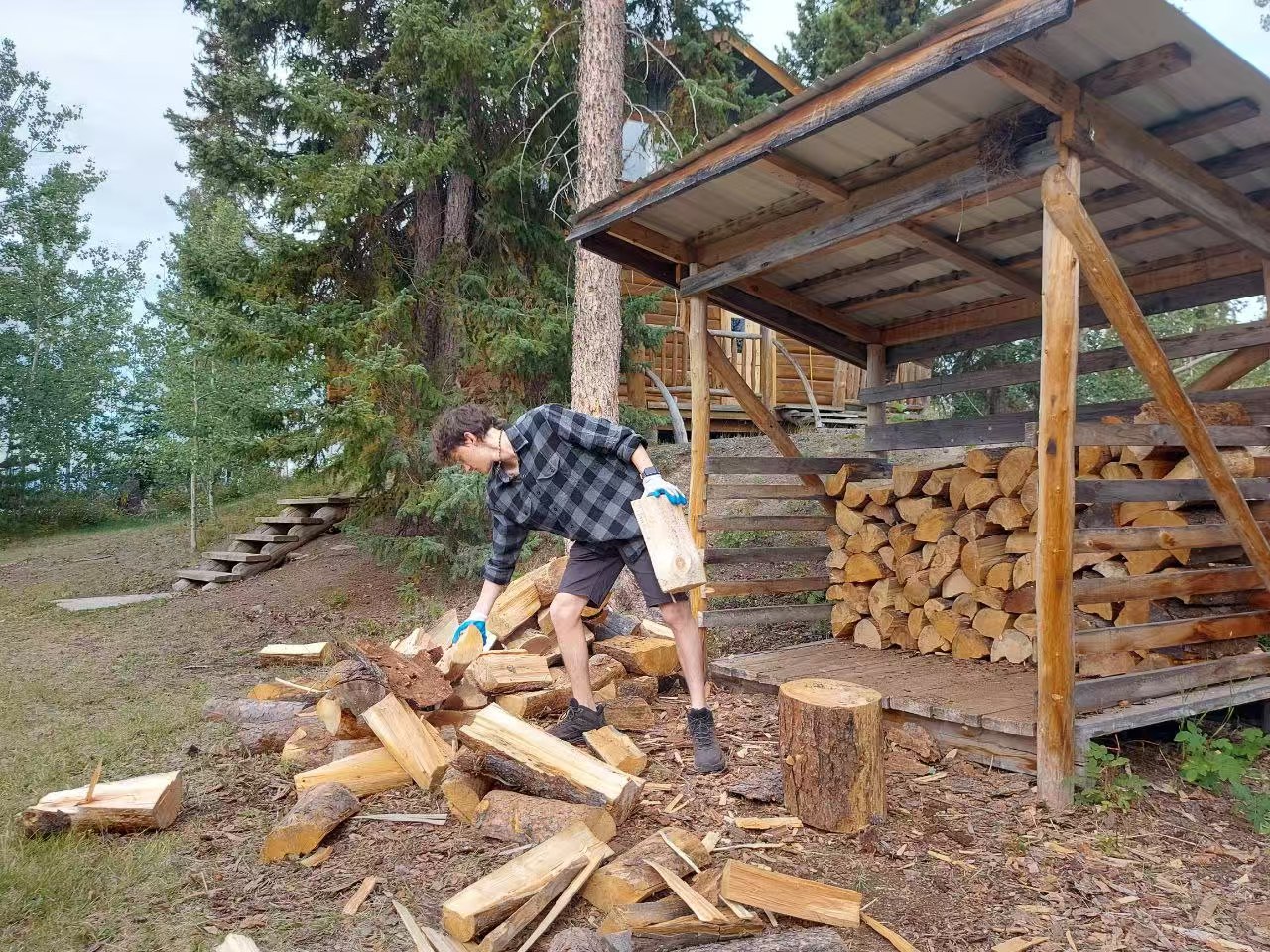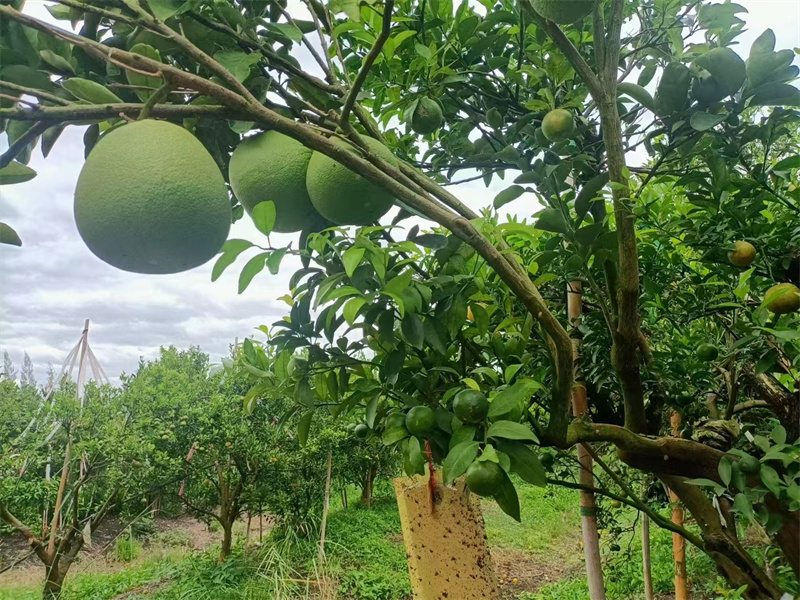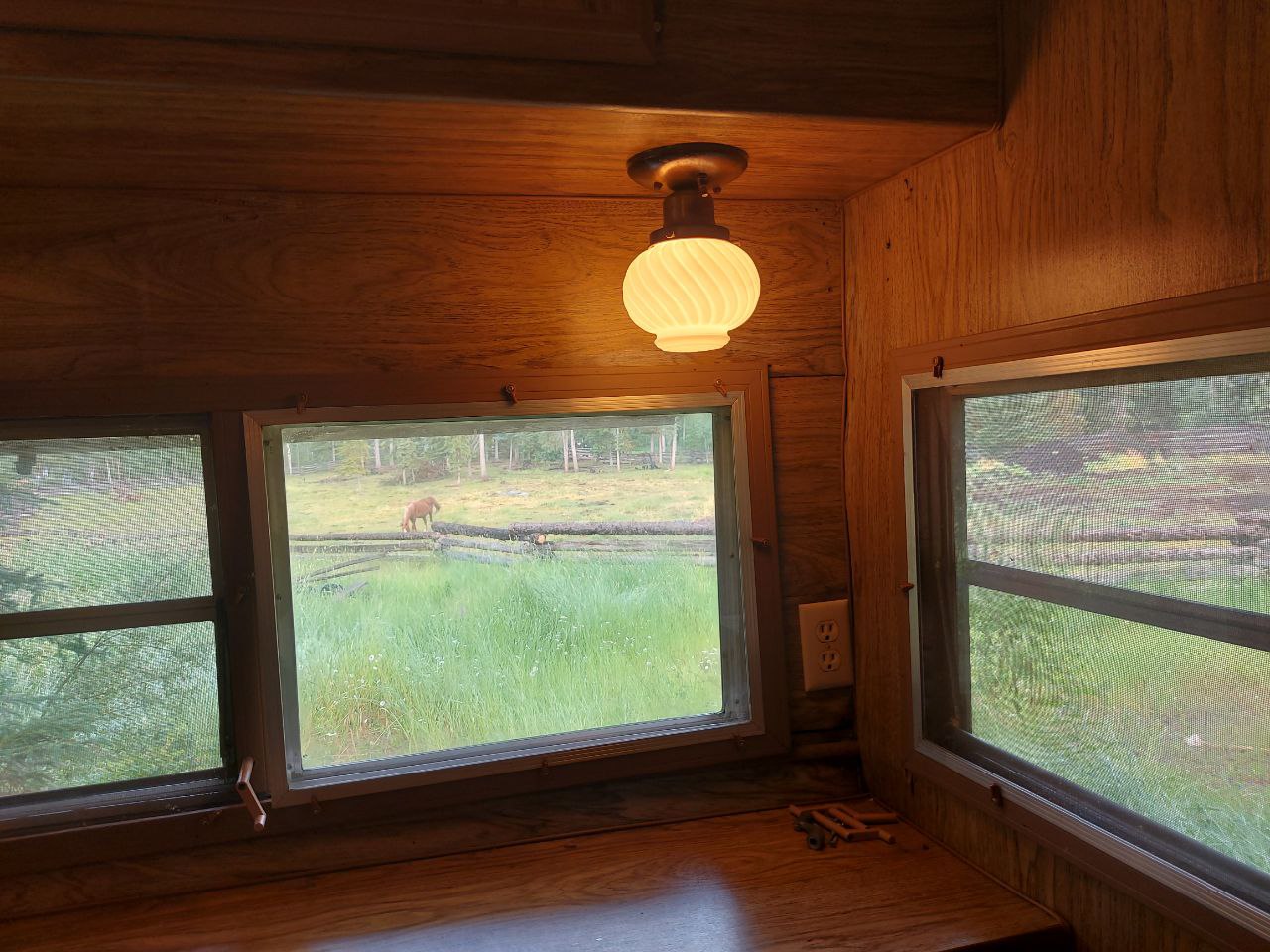|
Does Green Living Cost More? 7 Green Changes You Can Make to Save Money
- Published on June 6th, 2015 by Scott Cooney
At Green Living Ideas, we get a fair number of comments from readers saying that they’d love to do more green living, but it just costs more to do so. In some cases, that is true. In the case of organic bell peppers, yes. But is it true that green living costs more than living unsustainably? The answer is: it depends. The good news is that more often than not, living sustainably actually saves you money and actually costs a lot less. The following article will show the many creative ways, which make the green and sustainable lifestyle available to everyone!
Grow veggies in your garden
Picking carefully cultivated and ripe fruits and veggies from your garden will sure make you proud! In addition, goods in your garden are often cheaper option than buying organic food from the market. Food raised without the use of pesticides or antibiotics is also light on the environment. You can freeze or can your veggies to enjoy them during the winter months.
Eat less meat
“But wait a minute”, I hear you saying, “what about that 99cent burger from the fast food joint?” If it’s cheap meat, like hot dogs, fast food, and the like, you’re likely looking at something that likely is full of artificial ingredients, not to mention the hormones, antibiotics, and other chemicals used in industrial animal agriculture. The cost to your health is not to be underestimated…an economic analysis puts the figure at more than double the cost you pay at retail.
Hang Your Clothes to Dry
If you’re an average person, the dryer is one of the top energy users in your home, and thus costs you a lot of money on your electric bill (which…gives your money more or less directly to coal, oil, and gas companies, who then turn around and give your hard earned money to politicians who pass bills to help those industries and hurt all of us…it’s a vicious cycle). In addition, your clothes dryer destroys your clothes. Don’t believe me? Just look in your lint trap. That gunk used to be your clothes. And if that’s not enough, your lint vent is one of the biggest fire hazards in your house. So to save yourself a ton of money, simply hang your clothes to dry. It can be done indoors or out. Here’s 5 effective strategies for hanging clothes to dry inside.
Cook your own meals
It is fun to experiment with new recipes, plus, great cooking skills will be definitely valued by your family and loved ones! Cooking healthy food is easy – you just need to use the best quality seasonal ingredients. It is considerably cheaper and healthier choice to prepare your own meals rather than visiting costly restaurants, where you can’t be 100% sure of the foods origin and quality. Another great tip is to bring along your own food when you go to work or the park or whatever, since packaged food is creating unnecessary waste for the environment and is usually expensive.
DIY cleaning products
Specialized green cleaning products are definitely better for the environment than the regular products offered in the supermarkets. However, they typically cost 50% up to 150% more than their toxic equivalents. A better option would be to make natural cleaning products at home. A good old-fashioned baking powder, soda, lemon juice and vinegar are perfectly natural and harmless methods to clean most of the surfaces in your household, needless to say that they cost next to nothing.
Get out of your car
Estimates are that giving up your car can save you almost $10K per year in post-tax income while dramatically reducing your carbon footprint. Yes, it’s less convenient if you live in the suburbs (bo0), but if you live in a city, owning a car is actually like still using a flip phone. Get with the times, already!
Reuse!
For the sake of limiting waste and overconsumption, try to buy reusable over disposable items. Look for items that can be reused – the little things can add up. For example, stop using plastic or paper bags and opt for eco-friendly reusable bags when shopping. Another cheap and eco-friendly way is to check out used products before buying new. Specialized reuse centers and second hand shops are offering everything from clothes to furniture that look often as good as new and cost only a fraction of the price.
These economical green tips prove that going green does not have to be hard on your wallet. By following the three R’s of reducing, reusing and recycling — you can eliminate waste and protect the environment. Sustainable living does not mean giving up on all the modern day conveniences. Taking part of creating a greener world will equate with healthier living for you and your family, but will also benefit the environment and our world as a whole.
|
 Haha, I’ve got a helper now!
Xuefeng
September 8, 2024
(Translation edited by Q
Haha, I’ve got a helper now!
Xuefeng
September 8, 2024
(Translation edited by Q
 Haha, I felt young again!XuefengYesterday morning, after breakfast, I started ch
Haha, I felt young again!XuefengYesterday morning, after breakfast, I started ch
 Papaver rhoeas: The Designated Flower of Lifechanyuan
by Xuefeng
August 20, 2024
Papaver rhoeas: The Designated Flower of Lifechanyuan
by Xuefeng
August 20, 2024
 Joyful Games and Warm Welcome for Gabi at Lifechanyuan's Thai Home
Qianzi Celest
Joyful Games and Warm Welcome for Gabi at Lifechanyuan's Thai Home
Qianzi Celest
 Chilean Girl Gabi Experiences the Life of Lifechanyuan Thailand Second Home Comm
Chilean Girl Gabi Experiences the Life of Lifechanyuan Thailand Second Home Comm
 Another Clean and Tidy Joy House
In the tourist resort Holy Land Home, the guide
Another Clean and Tidy Joy House
In the tourist resort Holy Land Home, the guide
 Post time 2017-10-30 13:40:12
|
3744views0replies
Show all posts
|View large image
Post time 2017-10-30 13:40:12
|
3744views0replies
Show all posts
|View large image
 |Descending
|Read mode
|Descending
|Read mode






 Favorites
Favorites Relay
Relay Shares
Shares Collection
Collection